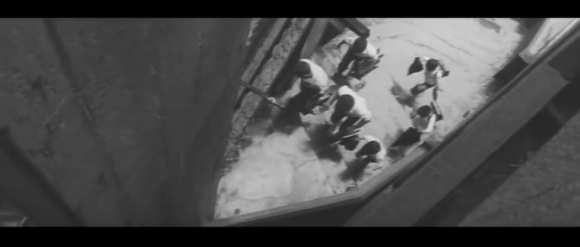
Japan’s most famous urban ruins weren’t always deserted, as shown in this video from the 1960s when Gunkanjima’s ghost town was still alive and well.
Looking at the abandoned ruins of Gunkanjima, the island in Nagasaki Prefecture seen in movies such as Skyfall, Battle Royale II, and the live-action Attack on Titan, it can be hard to imagine anyone living there. The structures, deteriorating even as their remains become overgrown with vegetation, have such an atmosphere of oppressive emptiness that it’s easy to forget it really wasn’t all that long ago that Gunkanjima, or Battleship Island, was home to a thriving coal mining community.
▼ Gunkanjima today
It wasn’t until 1974 that the mine was shut down, and while that was the result of a long-coming shift away from coal power in Japan, the facility was still a legitimate enterprise in 1965, when Mainichi News sent a camera crew to record footage of life on Gunkanjima.
The transportation technology of the time made Gunkanjima, officially called Hashima, a one-hour trip from the Nagasaki mainland. Rather than commute by ship, though, the mineworkers lived on the island, along with their families, and in 1965 some 2,700 men, women, and children called Gunkanjima home.
While there were rich mineral deposits to be found below, there was precious little buildable land on the surface of the manmade island. With no direction to build except up, the average apartment house was 10 stories tall, and the Mainichi video reports that “the residents live comfortable lives.”
▼ Although with one kid looking through a telescope, the other playing the piano, and Mom vacuuming, we’re not sure why the TV is still on.
Obviously, everyone’s life was in some way linked to the coal mines, from which massive quantities of the ore were pulled up.
Priests were periodically called to the island to pray for the safety of the workers, and even young children would participate in the ceremonies, asking for the protection of their fathers and older, working-age siblings.
After their shift, the miners would come back so covered in soot that they’d hop into the communal tub still wearing their work clothes, turning the water opaque in the process.
The miners weren’t the only ones who spent part of their day underground, though. The island’s topography meant that travelling on the surface from point A to point B meant climbing up and down a series of stairways.
As an alternative, though, there were subterranean passageways that allowed residents to take a more direct course.
Gunkanjima wasn’t exactly brimming with entertainment options, although it reportedly had a movie theater and a pachinko parlor. The video says that fishing was also a popular way for miners to spend their downtime.
There wasn’t any father/son bonding going on there, though. Fishing along the seawall was considered too dangerous for children, so they were prohibited from casting their poles into the ocean. Instead, many took up raising carrier pigeons.
▼ We wonder, did they endlessly bicker over which kind of pigeon was the best, like how gamers argue about Nintendo vs. Sony?
And while the community’s layout meant that there was no advantage to using a bicycle to get around, being able to ride one was still considered a necessary skill for if and when the children left the island, which is why they would practice on the school’s athletic field, one of the few open areas on Gunkanjima at the time.
Another tricky thing to teach kids was an appreciation for nature, seeing as how they were surrounded by concrete high-rises. The 10th-story preschool shown in the video tried to instill some sense of the natural environment with a small indoor garden and fish pond.
▼ A sign near an athletic field with “Let’s all plant grass and trees” written on it
The video closes with the narrator saying, “The people living on the island are hoping to create a warmer atmosphere with more greenery.” Ironically, though, Gunkanjima is now greener than ever after more than 40 years of no one at all living there.
Source: Grape
Images: YouTube/懐かしの毎日ニュース

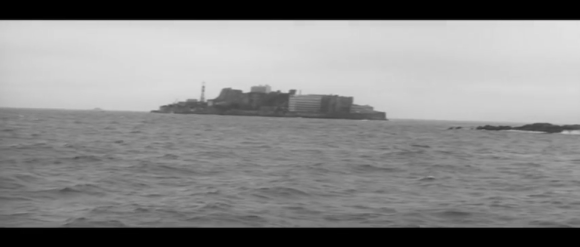
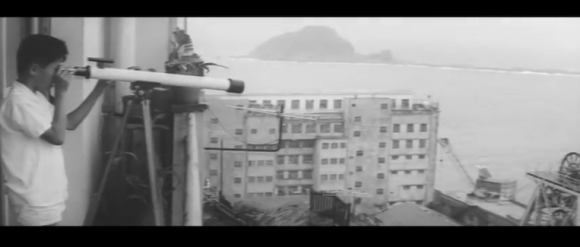
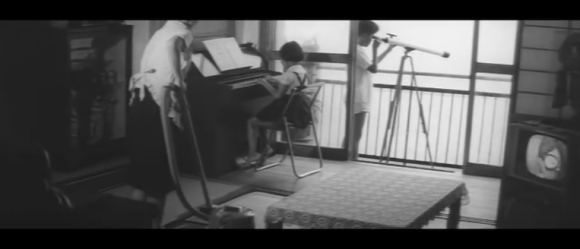
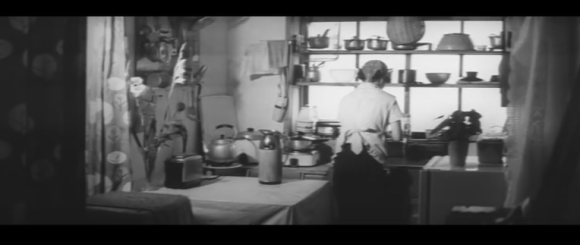
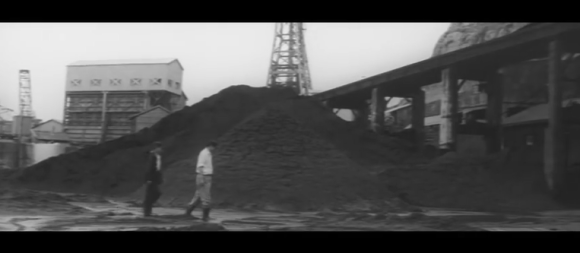
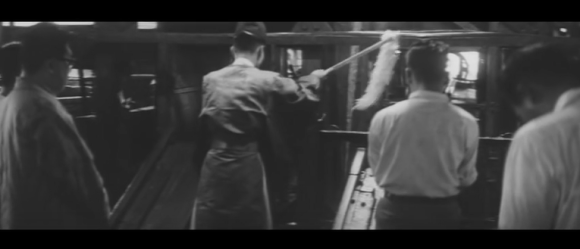
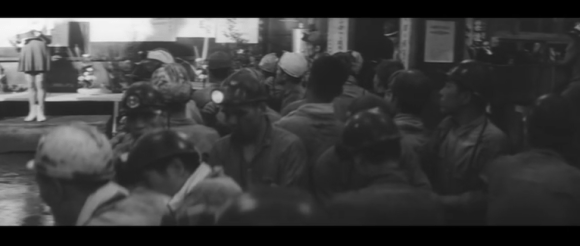
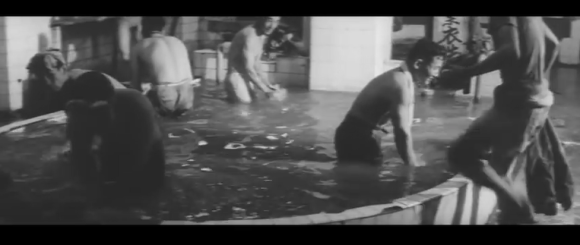
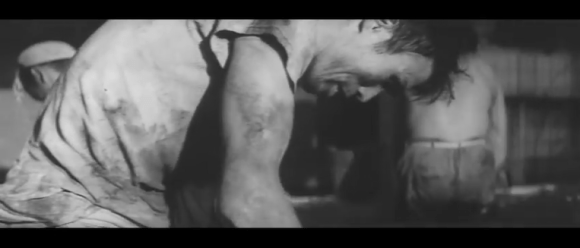
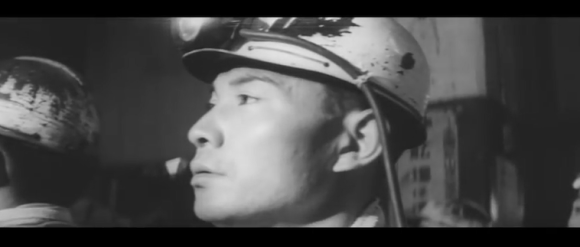
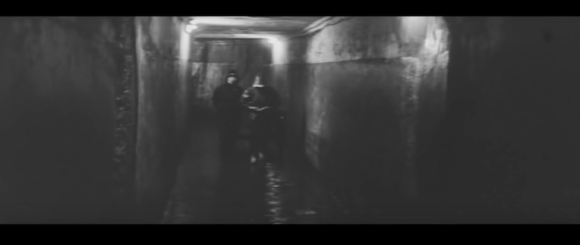
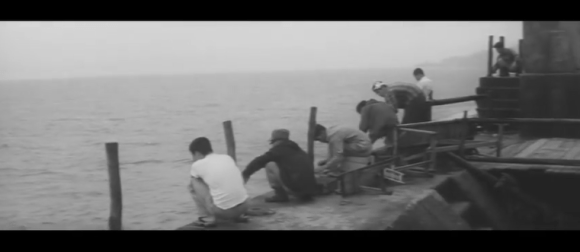
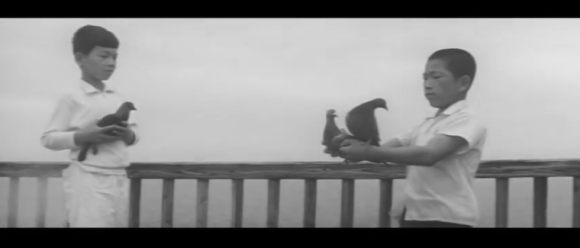
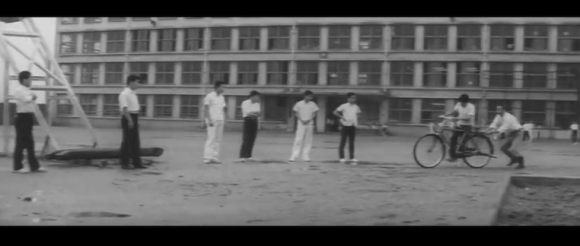
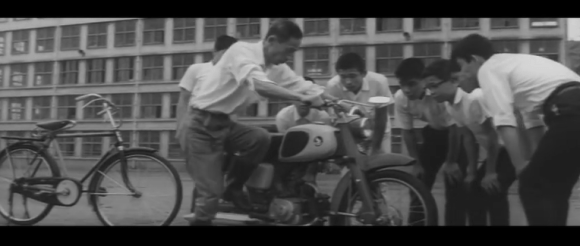
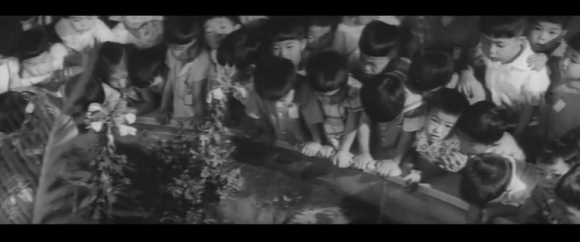
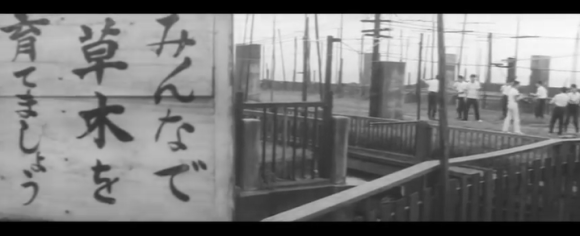
 You can build Japan’s hauntingly beautiful Gunkanjima as a papercraft kit【Photos】
You can build Japan’s hauntingly beautiful Gunkanjima as a papercraft kit【Photos】 Cruising around Gunkanjima, Japan’s otherworldly “Battleship Island”【Photos】
Cruising around Gunkanjima, Japan’s otherworldly “Battleship Island”【Photos】 Check out this absolutely stunning drone video of Nagasaki’s Battleship Island in Ultra HD
Check out this absolutely stunning drone video of Nagasaki’s Battleship Island in Ultra HD Battleship Island: Five Reasons Why More Movie Villains Should Live Here
Battleship Island: Five Reasons Why More Movie Villains Should Live Here Thomas the Tank Engine’s video visit to Japan is more Japanese than life in Japan
Thomas the Tank Engine’s video visit to Japan is more Japanese than life in Japan Japanese beef bowl chain Sukiya’s 2026 Smile Box lucky bag basically pays for itself
Japanese beef bowl chain Sukiya’s 2026 Smile Box lucky bag basically pays for itself We revisited Sweets Paradise after a decade to see if Japan’s dessert buffet still delivers
We revisited Sweets Paradise after a decade to see if Japan’s dessert buffet still delivers Survey finds more than 70 percent of Japanese children have an online friend
Survey finds more than 70 percent of Japanese children have an online friend What’s it really like to climb Mt Fuji?
What’s it really like to climb Mt Fuji? 7-Eleven Japan’s ramen-cooking robot whipped us up a bowl of noodles【Taste test】
7-Eleven Japan’s ramen-cooking robot whipped us up a bowl of noodles【Taste test】 What’s the best way to spend 1,000 yen at the Seria 100-yen chainstore in Japan?
What’s the best way to spend 1,000 yen at the Seria 100-yen chainstore in Japan? Burgers soaked in a plate of hot cheese served at American Diner Andra in Tokyo
Burgers soaked in a plate of hot cheese served at American Diner Andra in Tokyo Shake Udon one-hand takeout bukkake noodle cups look to shake udon eating in Japan【Taste test】
Shake Udon one-hand takeout bukkake noodle cups look to shake udon eating in Japan【Taste test】 Cup Noodle tries an authentic Jiro-style ramen, but something’s not quite right
Cup Noodle tries an authentic Jiro-style ramen, but something’s not quite right We take a ride on Seibu Railway’s futuristic luxury liner: the Limited Express Laview
We take a ride on Seibu Railway’s futuristic luxury liner: the Limited Express Laview Starbucks Japan ready to get Year of the Horse started with adorable drinkware and plushies【Pics】
Starbucks Japan ready to get Year of the Horse started with adorable drinkware and plushies【Pics】 Hayao Miyazaki says Happy New Year to Studio Ghibli fans with new art for Year of the Horse
Hayao Miyazaki says Happy New Year to Studio Ghibli fans with new art for Year of the Horse 7 great places to see Mt. Fuji from without having to climb it
7 great places to see Mt. Fuji from without having to climb it We found possibly the quietest Japanese-style hotel in Tokyo’s bustling Shinjuku district
We found possibly the quietest Japanese-style hotel in Tokyo’s bustling Shinjuku district Hello Kitty Choco Egg figures are an adorable trip through three periods of Japanese pop culture【Pics】
Hello Kitty Choco Egg figures are an adorable trip through three periods of Japanese pop culture【Pics】 Japan’s oldest largetooth sawfish in captivity back on display in Mie Prefecture
Japan’s oldest largetooth sawfish in captivity back on display in Mie Prefecture Cyberpunk anime meets traditional culture in Ghost in the Shell gold leaf Japanese changing screens
Cyberpunk anime meets traditional culture in Ghost in the Shell gold leaf Japanese changing screens The best Starbucks Japan Frappuccinos we want to drink again in 2026
The best Starbucks Japan Frappuccinos we want to drink again in 2026 7-Eleven Japan starts new temporary luggage storage service in over 300 branches
7-Eleven Japan starts new temporary luggage storage service in over 300 branches Disillusionment at Tsukiji’s tourist-target prices led us to a great ramen restaurant in Tokyo
Disillusionment at Tsukiji’s tourist-target prices led us to a great ramen restaurant in Tokyo Starbucks teams up with 166-year-old Kyoto doll maker for Year of the Horse decorations【Photos】
Starbucks teams up with 166-year-old Kyoto doll maker for Year of the Horse decorations【Photos】 Tokyo considering law requiring more trash cans following litter increase in heavily touristed area
Tokyo considering law requiring more trash cans following litter increase in heavily touristed area Tokyo’s Tsukiji sushi neighborhood asks tour groups to stay away for the rest of the month
Tokyo’s Tsukiji sushi neighborhood asks tour groups to stay away for the rest of the month Tokyo event lets you travel back in time, for free, to celebrate 100 years since Showa era start
Tokyo event lets you travel back in time, for free, to celebrate 100 years since Showa era start Sanrio theme park in Japan announces plans to expand into a Sanrio resort
Sanrio theme park in Japan announces plans to expand into a Sanrio resort Japan may add Japanese language proficiency, lifestyle classes to permanent foreign resident requirements
Japan may add Japanese language proficiency, lifestyle classes to permanent foreign resident requirements Stamina-destroying “Paralysis Noodles” are Tokyo’s newest over-the-top ramen innovation
Stamina-destroying “Paralysis Noodles” are Tokyo’s newest over-the-top ramen innovation Survey asks foreign tourists what bothered them in Japan, more than half gave same answer
Survey asks foreign tourists what bothered them in Japan, more than half gave same answer Japan’s human washing machines will go on sale to general public, demos to be held in Tokyo
Japan’s human washing machines will go on sale to general public, demos to be held in Tokyo Japan’s deadliest food claims more victims, but why do people keep eating it for New Year’s?
Japan’s deadliest food claims more victims, but why do people keep eating it for New Year’s? We deeply regret going into this tunnel on our walk in the mountains of Japan
We deeply regret going into this tunnel on our walk in the mountains of Japan Studio Ghibli releases Kodama forest spirits from Princess Mononoke to light up your home
Studio Ghibli releases Kodama forest spirits from Princess Mononoke to light up your home Major Japanese hotel chain says reservations via overseas booking sites may not be valid
Major Japanese hotel chain says reservations via overseas booking sites may not be valid Put sesame oil in your coffee? Japanese maker says it’s the best way to start your day【Taste test】
Put sesame oil in your coffee? Japanese maker says it’s the best way to start your day【Taste test】 No more using real katana for tourism activities, Japan’s National Police Agency says
No more using real katana for tourism activities, Japan’s National Police Agency says Starbucks Japan reveals new sakura drinkware collection, inspired by evening cherry blossoms
Starbucks Japan reveals new sakura drinkware collection, inspired by evening cherry blossoms Updated cherry blossom forecast shows extra-long sakura season for Japan this year
Updated cherry blossom forecast shows extra-long sakura season for Japan this year
Leave a Reply